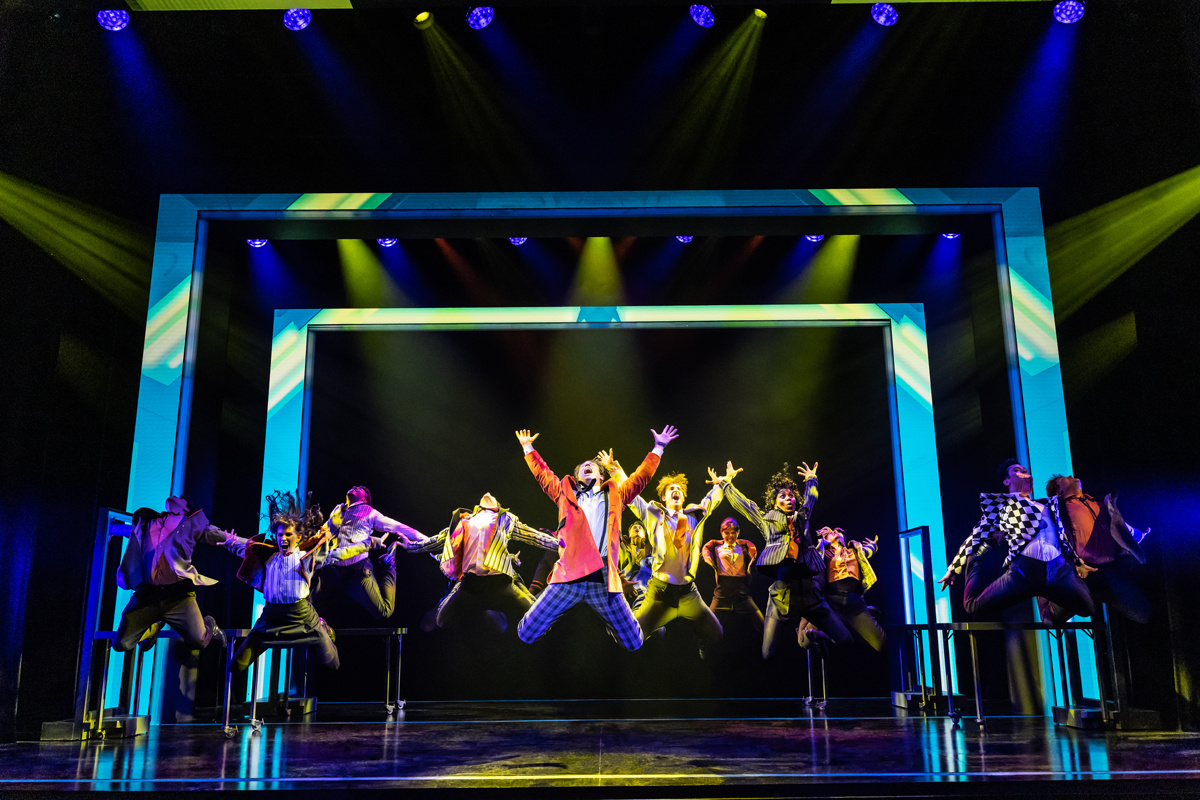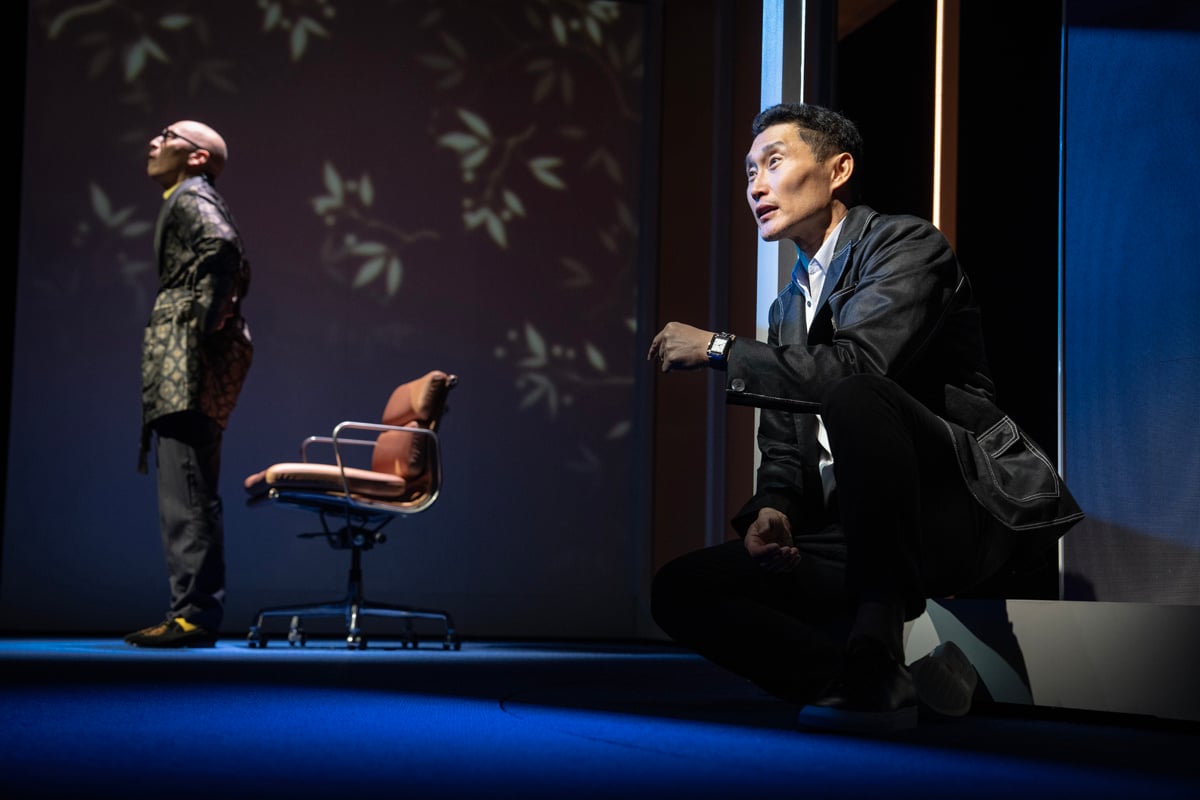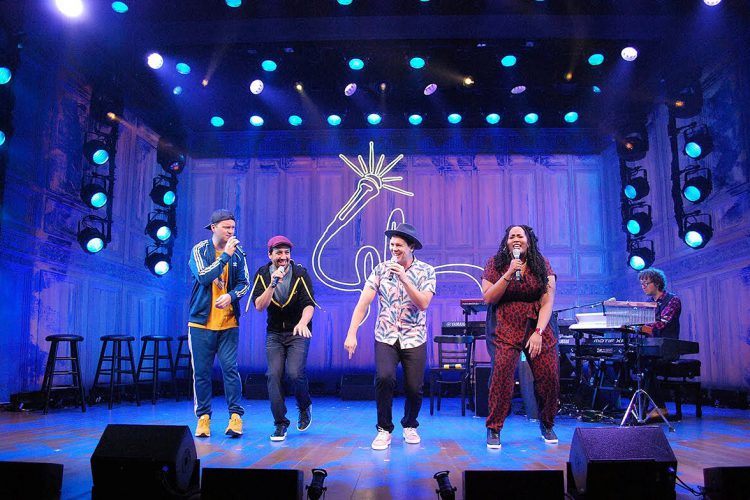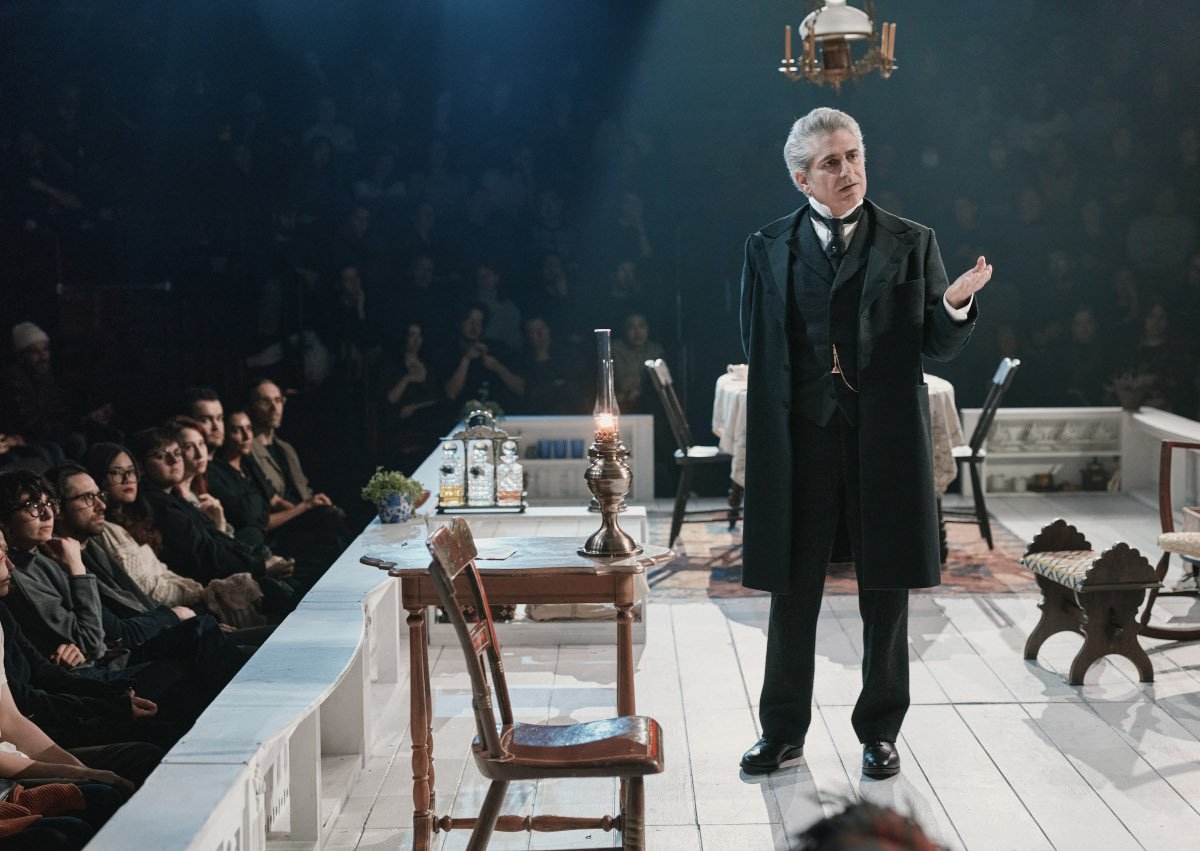Lighting designer Amanda Zieve knew that lighting Broadway’s reimagined production of Tommy would inevitably invite comparisons to previous stagings of The Who’s musical as well as the band’s own spectacular shows.
 While the script and songs have not changed much from its 1993 premier, Zieve had to walk the line between a dazzling concert approach and creating moods that suggested the lead character’s darker journey.
While the script and songs have not changed much from its 1993 premier, Zieve had to walk the line between a dazzling concert approach and creating moods that suggested the lead character’s darker journey.
“We used monochromatic cues to suggest his traumatic experiences, lighting Cousin Kevin in bright orange and Uncle Ernie in a sinister green,” says Zieve, “building up to the explosion of color of ‘Pinball Wizard’ at the end of act one.”
Zieve’s build up to Broadway began early at The La Jolla Playhouse in San Diego where she has worked, and continues to work, with Tommy director Des McAnuff in many capacities from stage management to lighting assistant. “I grew up at the Playhouse and got to understand the way Des works. He is very tech-savvy and appreciates the technical elements of theatre more than any director I’ve worked with. He has a knack of getting everyone to bring their ‘A’ game. He thinks it all through before we get to tech.”
Zieve’s collaboration with projection designer Peter Negrini, who created the video content that often dominates the stage, also played a huge part in the overall look. “Together we fine-tuned the color palette to create angles and shadows that were not washed out by the huge video wall. He helped me maintain a theatrical look and adjusted the video level to create balance. He was a gracious collaborator,” says Zieve.
With over 62 Source Four LED Series 2 with the Lustr array and 46 incandescent Source Fours, she was able to create evocative colors for the more intimate scenes.
“I grew up with ETC consoles and fixtures. The Source Four was just getting started when my career began, and I’ve used every version of ETC consoles and fixtures ever since,” she states with pride. Her console of choice for her programmer Colin Scott was ETC’s latest, the Apex. “Colin and I work well together with our own shorthand developed over the years. He is talented and creative and understands when we can work meticulously versus when we just need to get cues written fast – he can tell by my tone of voice,” she laughs. As a designer Zieve does not make up a cue sheet until she sees a rehearsal run through. “Then the pressure is really on, and I wake up at 5 a.m. and start laying out the cues we will need in tech.”
One of her own icons is legendary lighting designer Howell Binkley. Zieve is the proud co-founder of the Howell Binkley Fellowship Program, whose mission is to help bridge the gap for young designers between their educational environment and the beginnings of their professional careers. Amanda still stays true to what she learned from him.
“I put a lot of thought into where the music could be enhanced and not overdoing the big choreography numbers – I followed the teachings of my mentor Howell Binkley who told me to make every cue count.”





